19.10.2022/XNUMX/XNUMX / Tips & things worth knowing
Protecting Turtles: Volunteering in Species Conservation
Turtles have lived on our planet for over 200 million years. And regardless of whether it was an ice age or a meteorite, the well-fortified animals have survived every catastrophe so far. But it looks like that could be changing right now. Pollution, the climate crisis and fishing have brought the reptiles to the brink of extinction. You can find out what causes this and how you can get involved to protect turtles here:
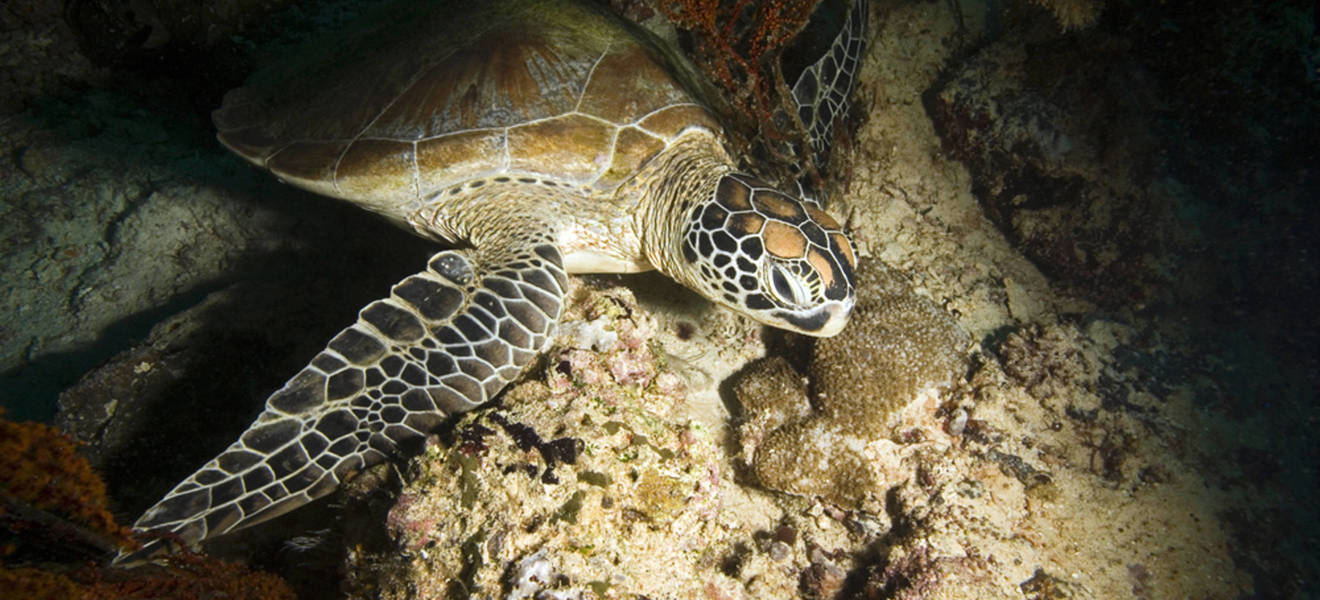
Why now is the time to save the turtles:
- There are a total of 357 turtle species in the world, almost half of which (171) are on the Red List of Threatened Species
- Turtles are the most endangered vertebrates in the world, along with primates
- 6 out of 7 known sea turtle species are threatened with extinction
- Since records began, at least 8 turtle species have become irretrievably extinct
Why are turtles endangered?
Before you go, at the Help save turtles, you should first understand why reptiles are so endangered today. The reasons for this are very different, but there is one clear constant – us humans.
hunting and animal trade
Turtle (eggs) are still considered a delicacy in parts of the Caribbean and some regions of East Asia and Africa. While their meat is part of traditional dishes or simply serves as a status symbol, their shells are often processed into jewelry or souvenirs. In traditional Chinese medicine, certain parts of the turtle's body are said to have healing properties.
The high demand means that the animals are increasingly hunted. It is logical that this is not exactly conducive to their continued existence. And the illegal turtle trade is also booming. Whether as a pet, for the cooking pot or for "medicinal" purposes - high sums are paid on the black market for rare turtles. Especially in poorer regions, the pet trade is a lucrative source of income and therefore difficult to get a grip on.
man-made climate change
Extreme weather events such as droughts or forest fires threaten the habitats and nesting sites of animals on land. But the underwater ecosystems are also changing due to the rise in sea temperature. Important habitats and food sources for the turtles can hardly be saved today due to coral bleaching and the disappearance of seagrass meadows.
However, the global rise in temperature is also affecting reproduction. Researchers have observed, for example, that some turtles are already moving to cooler regions during the breeding season. This is unusual, as the animals are usually extremely site-loyal when choosing their breeding site. In addition, nesting sites are increasingly falling victim to storm surges and rising sea levels.
industrial fishing
Although commercial fishing is not primarily aimed at sea turtles, it is their greatest threat today. Every year several hundred thousand animals end up as bycatch of the big fishing boats. Entangled in trawl nets or gillnets, they drown or sustain serious cuts. Technologies that are supposed to save the turtles from trawl nets already exist, but have rarely been used for cost reasons.
habitat loss
Since the world population is constantly growing, new natural areas have to be developed for urban development and the expansion of agricultural land. To the chagrin of the turtles, this often happens along lakes, rivers and river deltas, previously very important retreat areas for the reptiles. Draining swamps and wetlands for agriculture and peat extraction is also problematic.
Tourism is another stress factor for the sea turtles. The natural habitats of some species have already shrunk by more than 90 percent due to the tourist use of beaches and hotel and road construction.
Pollution/ Plastic waste
According to a 2021 study, a sea turtle can swallow a maximum of 14 pieces of plastic, after which its probability of survival drops to less than 50 percent. Since they often do not recognize plastic as such, animals keep dying because their intestines are clogged with plastic.
The young animals, which usually stay close to coasts or the water surface, are particularly at risk. Many also become entangled in so-called ghost nets (discarded or lost fishing nets) and become seriously injured or drown.
What else endangers the turtles:
- Artificial lights on beaches lure baby turtles in the wrong direction after hatching - they move away from the sea, making them easy prey for predators and humans
- propellers and collisions with watercraft
- Underwater noise (from offshore construction sites, ship traffic, sonar devices, etc.) disrupts turtle communication and orientation
- Road Traffic - Turtles move very slowly and are easily run over
How can turtles be protected?
If you want to help protect turtles, there are a number of options. Through volunteer work you can support organizations worldwide in the following areas, for example:
- Commitment to a turtle sanctuary
- Protection of the turtle offspring
- awareness training
- research support
- conservation of habitat
Get involved in a turtle sanctuary
As a volunteer in a sanctuary, you will take care of injured turtles or turtles in need of care. In addition to caring for the animals, you help to keep the facility in good condition. The facilities are usually the lynchpin of local animal welfare initiatives. The aim of the stations: to rescue and rehabilitate the endangered turtles and, ideally, release them back into the wild as soon as possible. They are also used for rearing, research and education.
Support ours, for example Turtle sanctuary on Crete.
Help protect the turtle offspring
The offspring plays a crucial role in the survival of a species. As a volunteer, you can get involved in protecting species and at the same time help directly on the beaches, where the baby turtles hatch.
For example, work to ensure the safety of the nests by installing protective cages or helping rangers on patrol to protect the nest sites from hunting and looting. If you're lucky, you might even get a chance to accompany newly hatched baby turtles on their first journey towards the ocean.
Do reconnaissance work
In some regions where turtles live, there is still a lack of education about animal and environmental protection. If you would like to support the local teams in closing knowledge gaps, you can educate school children and the local population about animal and nature conservation as a volunteer.
Such educational work creates awareness of the problem and helps to gain new supporters on site. But you can also make a difference in Germany through education. For example, you can recruit potential helpers and donors for animal and marine conservation projects.
Support the research
Research plays a special role in animal welfare. Because: In order to take the right measures for the survival of a species, first of all enough must be known about the species. For example, breeding an endangered turtle species is out of the question if the animal rights activists know nothing about the preferred habitats and food of the species.
Another example: It is of course not possible for NGOs or animal protection organizations to monitor fisheries and pollution in all oceans at the same time. However, the more precisely the breeding grounds and travel routes of the animals are researched and known, the more effectively animal rights activists can monitor them.
In Costa Rica For example, you can support the on-site team with investigation, data collection, reconnaissance and beach cleaning.
How else can you volunteer to save the turtles?
- Involvement in Beach Clean Up projects for less plastic waste in the oceans
- Supporting recycling projects to reduce plastic waste
- Conclusion of a turtle sponsorship: You receive a symbolic sponsorship for a specific animal, in return you donate an amount to an animal welfare organization
- Financial support or donations to animal welfare organizations and projects
Summary
Whether it's due to climate change, fishing or pollution - the survival of many turtle species is extremely endangered. Unfortunately, the necessary changes that would be needed to protect turtles in the long term are not yet foreseeable in many places. That's why it's all the more important to get involved on a small scale. If you would like to do your part, there are various projects worldwide that work to protect animals and are always happy to receive active support.
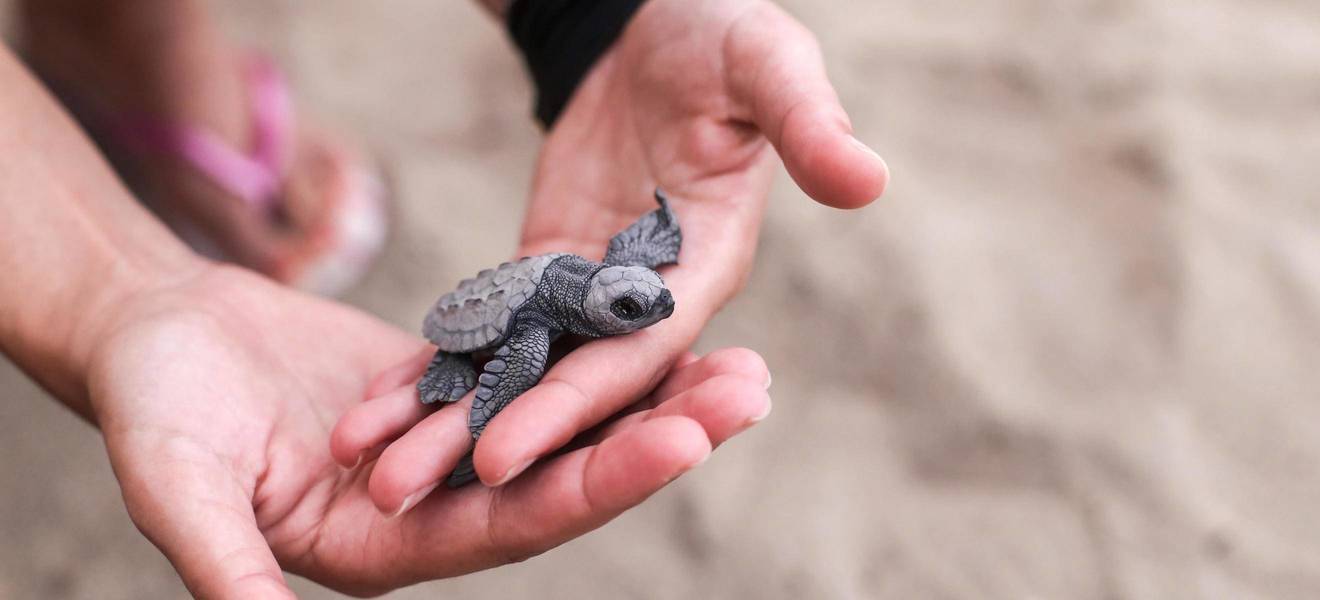
Where can you help save turtles?
Feel free to see ours Volunteer projects in environmental and marine protection as well as in the area Animal Welfare & Wildlife at! Whether in Tanzania, Sri Lanka, on the Pacific or in Europe - you will surely find a suitable project for you, where you can apply for the protection of turtles can get involved!
More projects that interest you could
Have you not yet discovered a suitable program for your time abroad? No problem, we will present you more Volunteer projects abroadthat might pique your interest.
Are you perhaps still at the beginning of thinking about your trip and have no idea what might be right for you? Whether you want to go abroad as a volunteer for a short time, or if you prefer FSJ up to 12 months abroad afford? Maybe there is one Internship abroad in a specific subject area the best way for you to gain experience abroad?
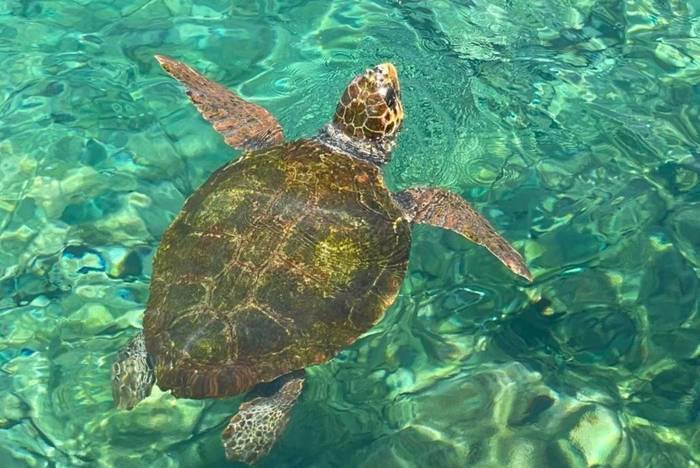
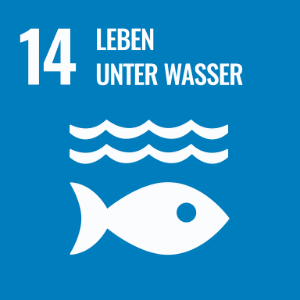
Greece | turtles
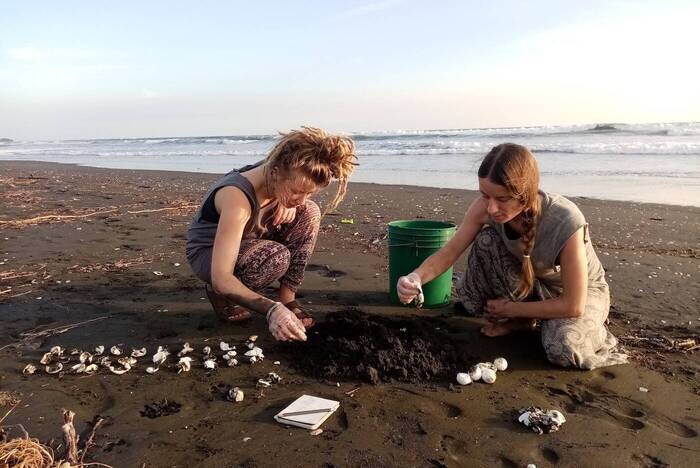

Nicaragua | turtles
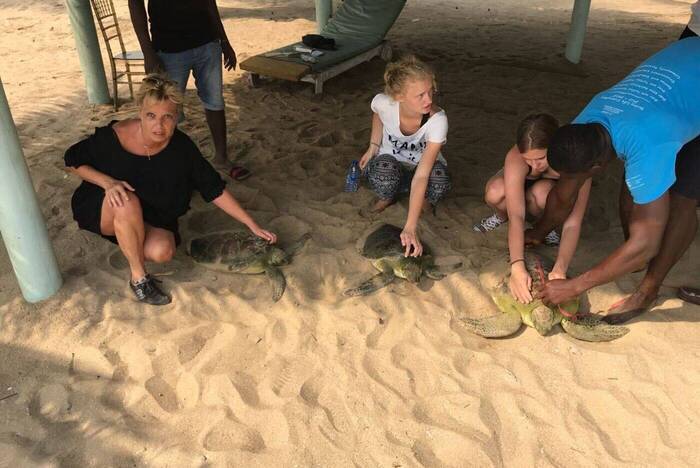

Ghana | environmental Protection
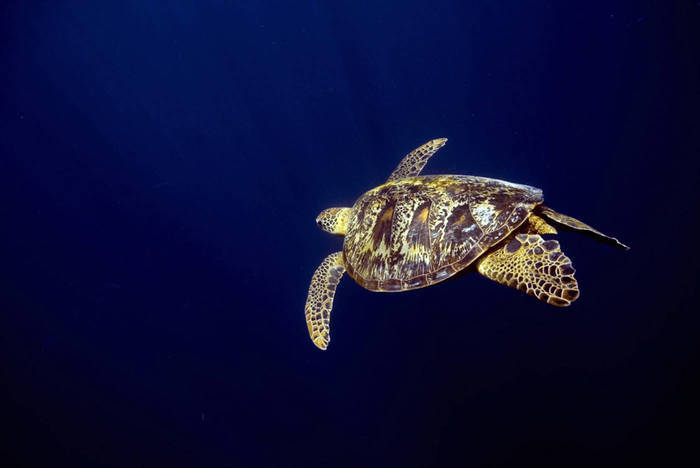

Tanzania & Zanzibar | turtles
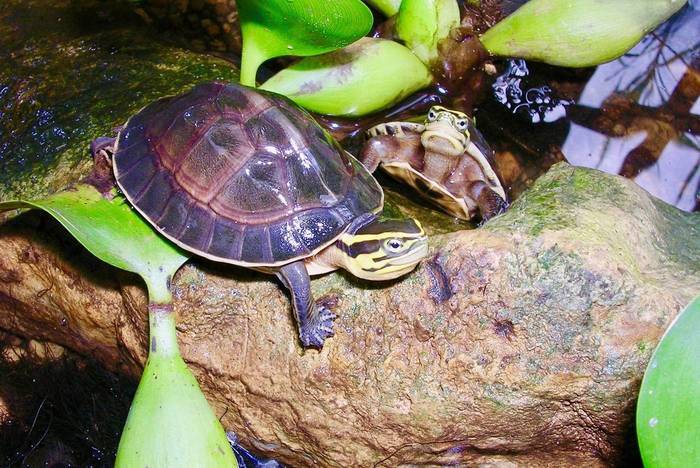
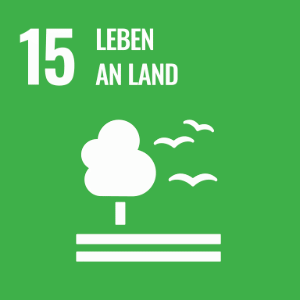
Viet Nam | turtles
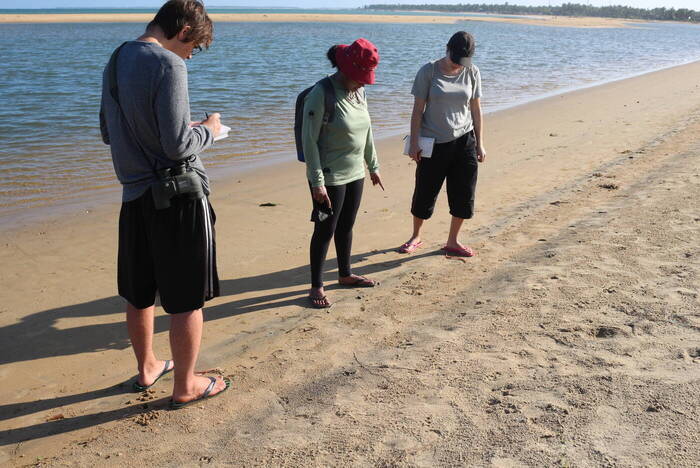

Sri Lanka | turtles
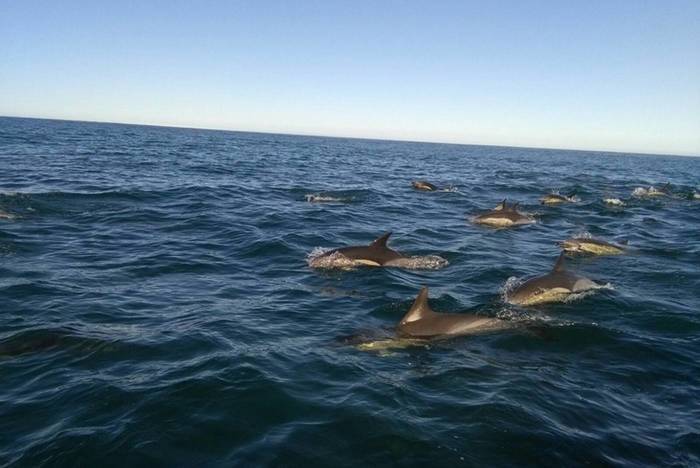

South Africa | Dolphins & Whales
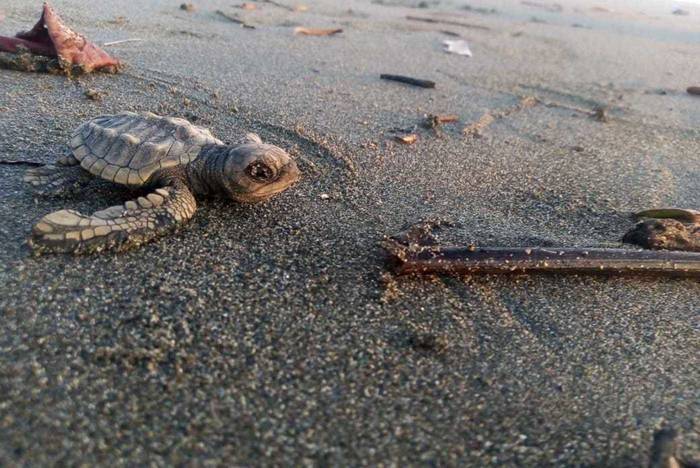

Costa Rica | turtles
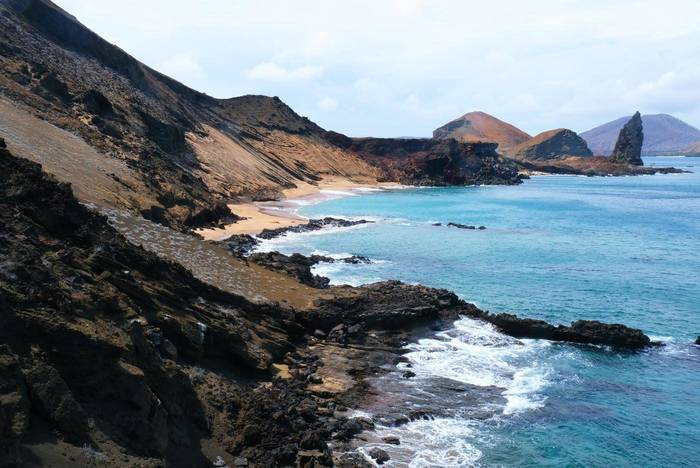

Ecuador | environmental Protection
